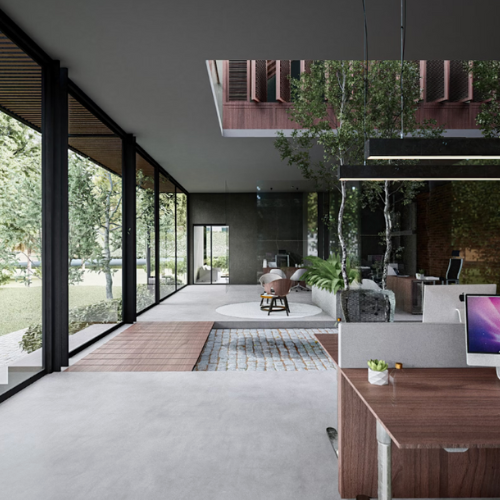Biophilic Design

In recent years, the quest for sustainable living has become more than just a trend; it is a necessity. With urbanisation on the rise and environmental concerns at the forefront of global discourse, innovative solutions are emerging to bridge the gap between modern lifestyles and ecological responsibility. One such solution gaining traction is Biophilic – a concept that marries nature with technology.
Let us understand this concept. Biophilic design revolves around the idea of reconnecting people with nature within the built environment. Features such as natural light, greenery, water elements, and natural materials are integrated into buildings to enhance the well-being and productivity of occupants while reducing the environmental impact of construction and operation. Buildings and houses are designed to maximise access to natural light, optimise indoor air quality, and incorporate green spaces such as vertical gardens, rooftop farms, and indoor plant walls. These elements not only enhance the visual appeal of the space but also promote physical and mental well-being among residents.




